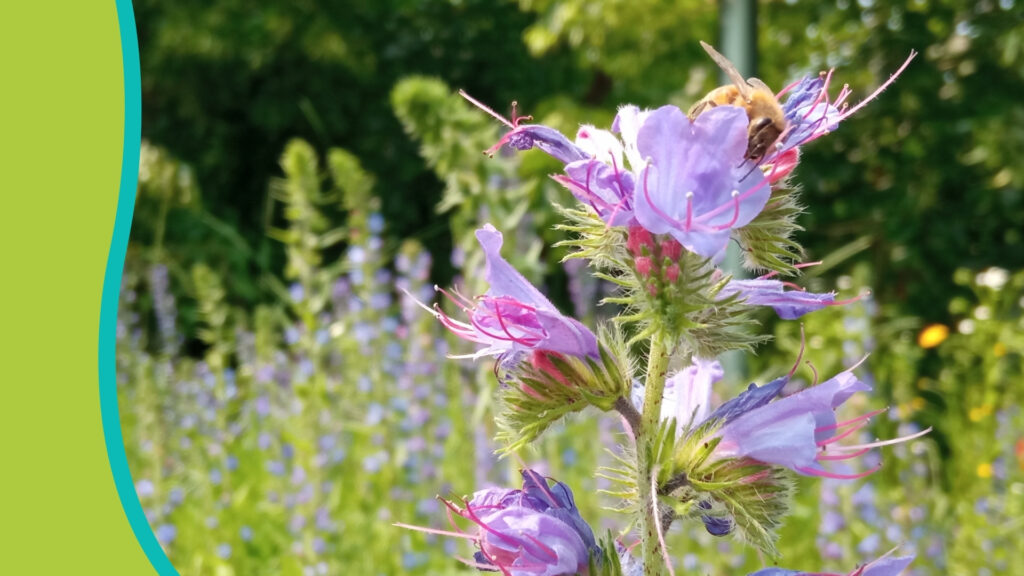Applying Precision Irrigation in Open Field Cultivation
Applying precision irrigation in open field cultivation is an innovative method where irrigation is controlled by soil and leaf sensors. These sensors ensure that the crop receives water and nutrients at the right time, which contributes to the plant’s resilience. This can potentially lead to a reduced use of crop protection products, which is not only beneficial for the environment but also for the health of the soil and crops .
The implementation of precision irrigation in open field cultivation, such as arable farming and outdoor cultivation, is done in collaboration with the Province and various cultivation companies. The goal is to achieve a more resilient crop through precision irrigation and to reduce the use of crop protection products .
Benefits of Precision Irrigation
One of the main benefits of precision irrigation is that the crop becomes more resilient to diseases and pests. By providing the right amount of water and nutrients at the right time, plants can grow better and defend themselves against harmful organisms. This can lead to a reduction in the use of crop protection products, which is both economically and ecologically beneficial .
Additionally, precision irrigation can also contribute to reduced water consumption. By only providing water when it is really needed, less water is wasted. This is especially important in times of drought and water scarcity, where efficient water use is crucial .
Involvement of Farmers
The success of precision irrigation strongly depends on the involvement of farmers. It is essential that farmers are closely involved in the system so that they enjoy testing this technique and can achieve maximum yield. This means that good technology must be available to control the soil and leaf sensors, and that a helpdesk must be available from the sensor supplier .
Conclusion
Precision irrigation offers great potential for open field cultivation. It can contribute to a more resilient crop, reduced use of crop protection products, and more efficient water use. By closely involving farmers in the implementation and ensuring good technology and support, this innovative method can be successfully applied in practice .


